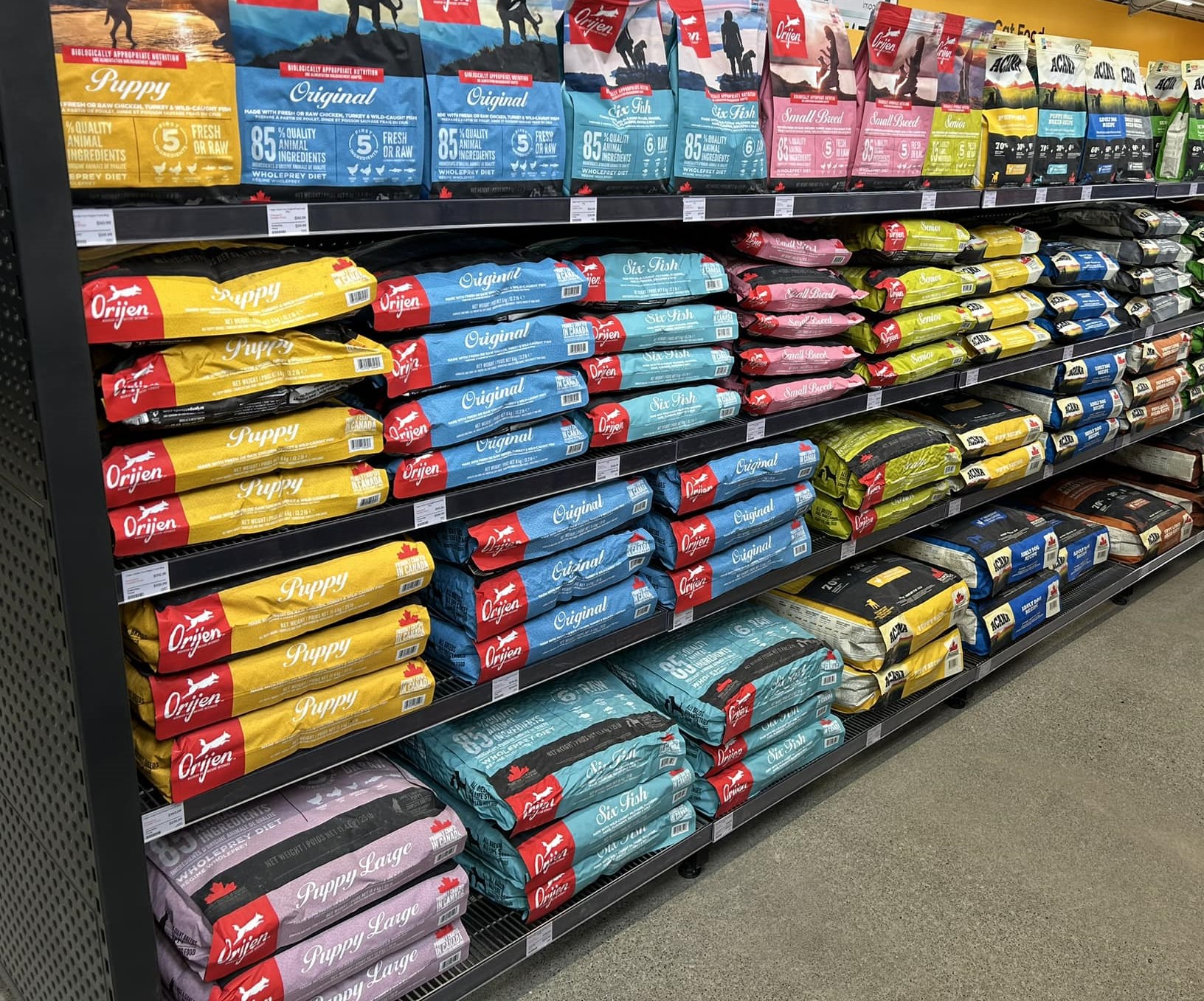The digestibility of dog food | What you need to know

Digestibility
Digestibility is the difference between the amount of food eaten and the amount of individual nutrients excreted in the feces. For a dog or cat guardian, the relevant information should be the amount of animal droppings, in relation to the amount of food consumed by the animal. In simple terms, it can be stated that the smaller the droppings, the greater the digestibility of food, and thus the better the digestion of food and the more effective the absorption of nutrients.
Factors affecting digestibility
Digestibility can be caused by individual and environmental factors. Individual factors are the features of a given organism that can affect the digestibility of food, including age, physiological state of the digestive system (the amount of secreted intestinal juices, intestinal villus length, colon microflora, the animal's mental state or food allergies. Environmental factors include food factors on which the digestibility of the product depends, plus raw materials used to produce feed, nutrient content as well as heat treatment of feed.
Where on the packaging is the information about the digestibility of the food?
We will not find such information on the labels of most animal feeds. Why? Because this is not a legally regulated matter, so manufacturers are not required to put this information on the label. Instead there is a helpline number on each label that can provide additional product information. Lack of information on digestibility is also due to the lack of specific guidelines on the method of estimating digestibility - each producer independently chooses the method of estimating digestibility.
What should you pay attention to while reading the label to make sure you choose the best quality product?
Ingredients
It is worth paying attention to the content of meat ingredients, but not only their quantity, but also the form. That is why it is important that the composition includes both fresh meat and dried meat, preferably at a low temperature. Each heat treatment reduces digestibility, but high temperatures cause protein denaturation, making the protein less accessible to animals (e.g. high ash flesh).
Amount of fat
Fat has the best digestibility among nutrients. This is a good source of energy, but too much fat in your dog's diet can slow down stomach emptying and digestion.
Fibre content
Fibre is an important element of food that affects its digestibility. Where does fibre come into my pet food? The source of fibre in dog food can be vegetables and fruits. However, the right proportions of the fibre is important. Too much non-fermenting fibre can cause too fast passage of digestive content, absorption and digestion disorders, which in turn can cause reduced digestibility of food and large amounts of excreta.
Our Biologically Appropriate Food is made from fresh, raw and regional ingredients. Our unique extrusion process is based on steam injection and low cooking temperature, and ensures our food maintains as much valuable nutritional value as possible. Thanks to the Whole Prey proportions, our food is natural and rich in valuable nutrients necessary for the proper development of your pet.
Digestibility tests of selected formulas of our Biologically Appropriate Food were carried out:
| FORMULA | PROTEIN STABILITY | FAT STABILITY | GENERAL STABILITY |
| ORIJEN Original | 89.1% | 94.8% |
84.3% |
| ACANA Prairie Poultry | 87.2% | 95.2% | 86.2% |
| ACANA Pacifica | 86.9% | 95.9% | 83.8% |
In the table above, we present digestibility for selected ACANA and ORIJEN products. For comparison, the total digestibility of raw chicken meat is 76%.
How to assess the digestibility of food in your dog?
It is important to compare the amount of food we give the dog with the amount of excrement. The less feces the greater the digestibility of food, the more nourished the dog will be. It is also worth remembering that each dog may have a different level of digestibility, even of the same food. Therefore, watch and adapt the type of food to the needs of our dog!

-Alexe-Sersi-and-Crunchy5.jpg)